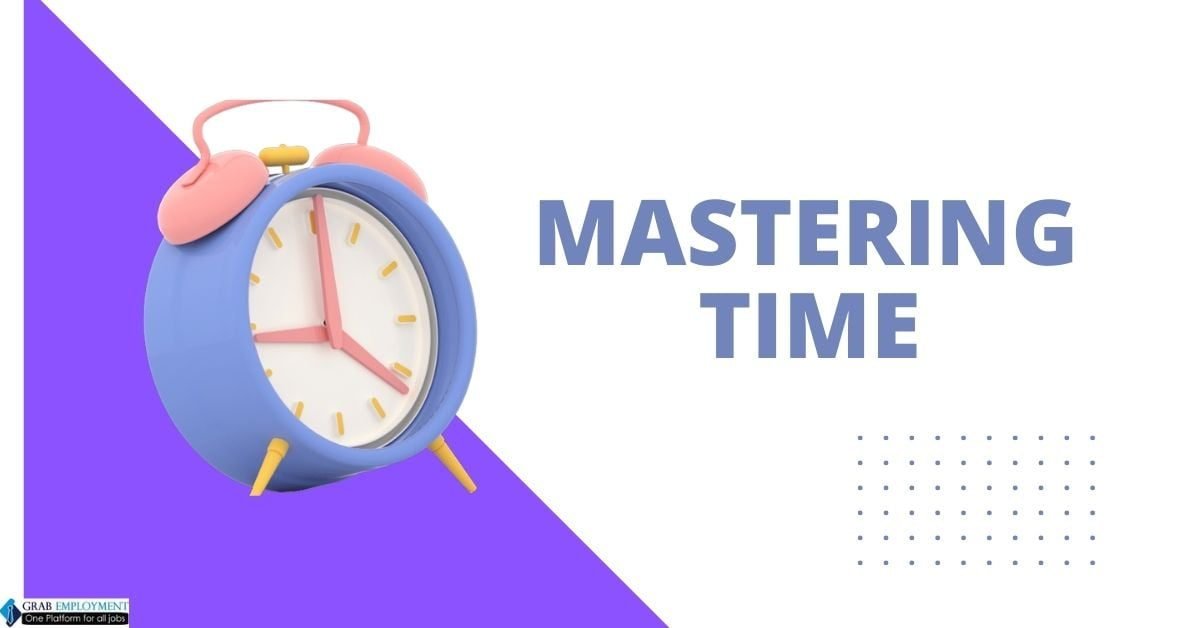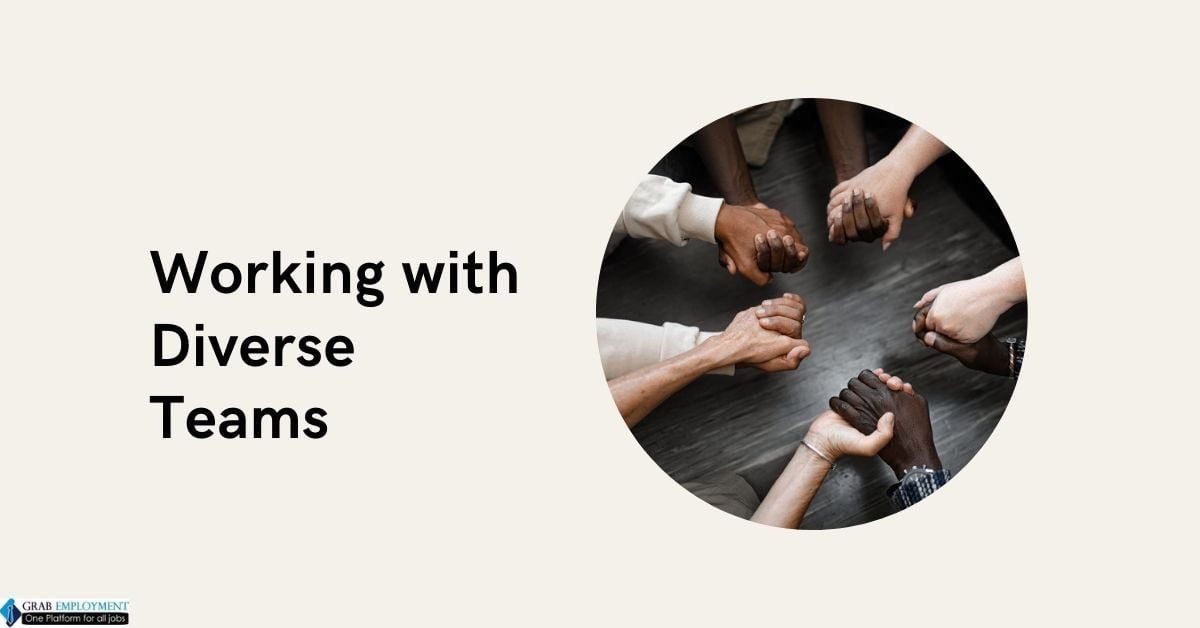Interview Attire
Interview Attire: Choosing the Ideal Colors
Suggest me on the physiological and psychological effects of colors on human perception is interesting, & it’s true that the colors u choose to wear to an interview can influence the impression you make on your potential employer. Dressing appropriately and thoughtfully can help you convey the right message about your professionalism and suitability for the role. Here are some additional tips on dressing for a job interview:
Research the Company Culture: Before choosing your interview attire, research the company’s dress code and culture. Some organizations have a more formal dress code, while others embrace a more casual or creative atmosphere. Dressing in alignment with the company’s culture demonstrates that you understand their values and expectations.
Classic Business Attire:
When in doubt, classic business attire is a safe choice for most interviews. For men, this typically means a well-fitted suit in dark colors (navy or charcoal gray) with a conservative tie. For women, a tailored suit or dress with a blazer is a timeless option.
Grooming Matters:
Pay attention to personal grooming. Ensure your clothes are clean, pressed, and free of wrinkles. Practice good hygiene, including neat hair, clean nails, and fresh breath.
Accessories:
Keep accessories minimal and conservative. Avoid flashy jewelry, excessive makeup, or strong cologne or perfume. A simple watch, conservative earrings, and a professional-looking bag or briefcase can complement your outfit.
Footwear:
Wear polished, closed-toe shoes that are appropriate for your outfit. For men, this often means dress shoes, and for women, it could be closed-toe pumps or flats.
Fit and Comfort:
Ensure your interview attire fits well and is comfortable. Ill-fitting clothing can be distracting and make you appear less confident.
Colors Beyond Neutrals:
While neutral colors are generally safe, consider adding a pop of color in moderation. A colorful tie, blouse, or scarf can add personality without overwhelming your outfit.
Personal Style:
While dressing professionally is essential, don’t completely abandon your personal style. You can incorporate subtle elements of your style into your interview attire, such as choosing a tie or accessory that reflects your personality.
Plan in Advance:
Lay out your interview outfit the night before to avoid any last-minute wardrobe malfunctions or stress on the interview day.
Confidence:
Ultimately, your confidence and the content of your interview responses matter most. Dressing appropriately is just one aspect of making a positive impression; your qualifications, experience, and how you present yourself will carry more weight.
Remember that different industries and roles may have varying expectations when it comes to attire. It’s always a good idea to err on the side of dressing more formally for an interview. Once you have a better understanding of the company culture, you can adjust your attire accordingly. Overall, dressing professionally and thoughtfully demonstrates your respect for the opportunity and your potential employer.”





